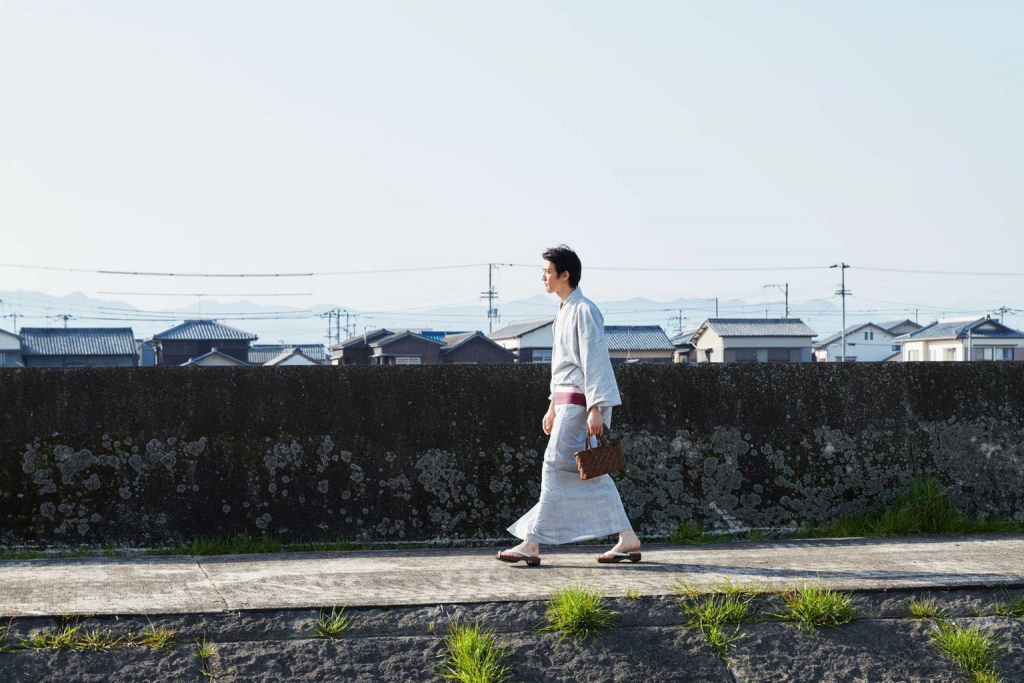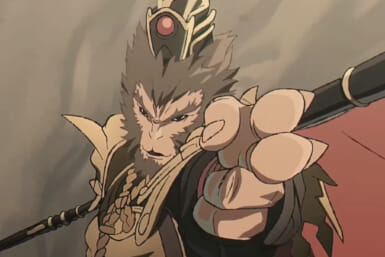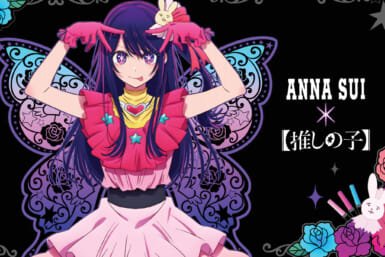Kimono literally means “something to wear.” However, as simple and true as this is, the traditional Japanese garment comes with centuries of culture and history layered on top. It’s something simultaneously governed by rules and standards, yet open to redesign and interpretation. Existing in that delicate balance are many of the kimono designers and stylists of our times. They continue to modernize, innovate, create and expand.
And among the kimono designers of today, rarer still are those dedicated to men’s kimono fashion. Y. & Sons, a bespoke tailoring atelier and brand, stands out in the Japanese fashion landscape. The designs display a modern flair, but still retain the key characteristics of traditional kimono. TW sat down with Yushi Futamura, a Y. & Sons’ staff member, to stitch together the story of the gentleman’s kimono in the 21st century.
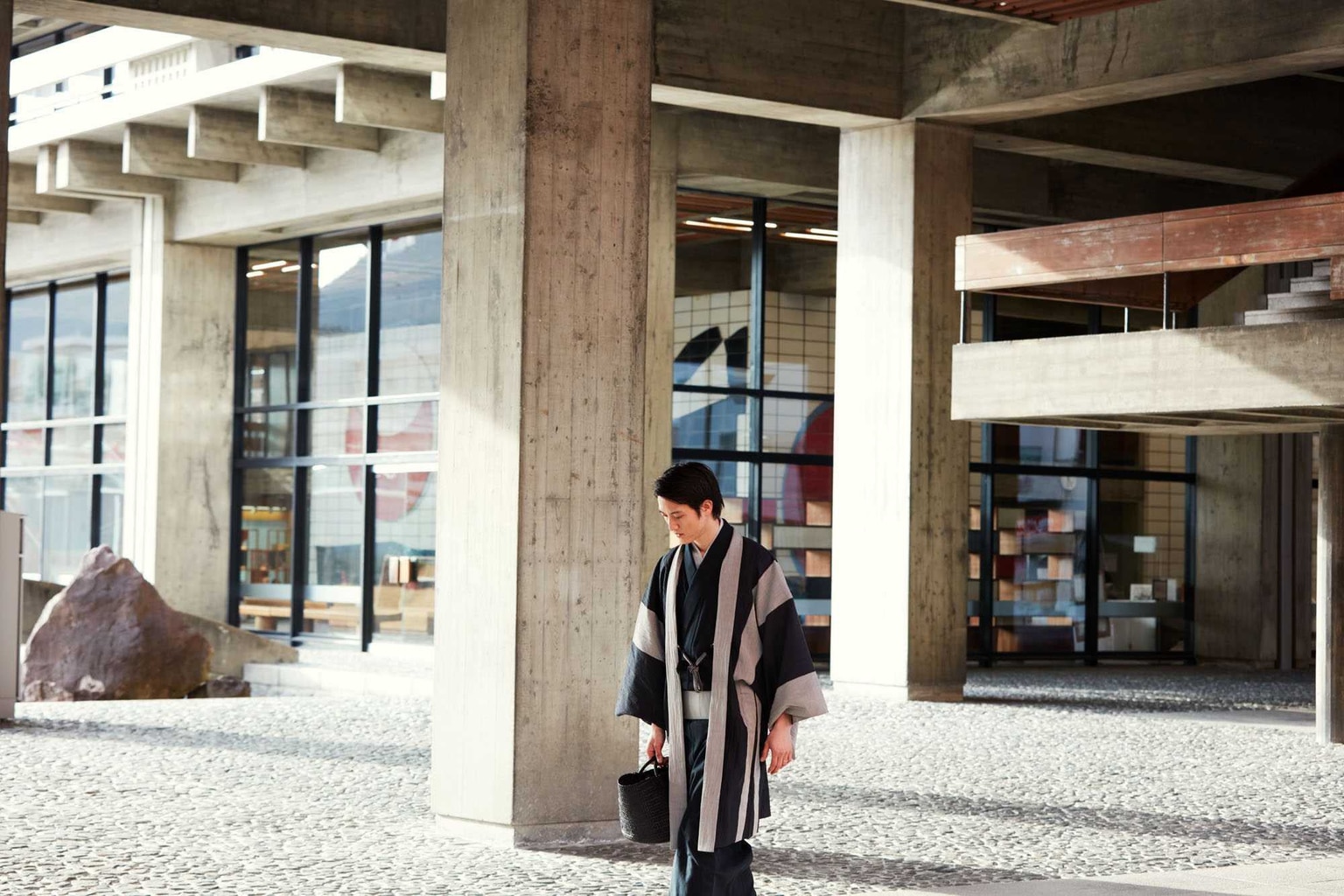
Photo by Masaya Takagi
Kimono Belongs in the Concrete Jungle
“We create proper kimono, not compromising on the tailoring. We just update it to suit our lives today,” Futamura says. Y. & Sons is proud of its craftsmanship and the fact that it collaborates with makers who share the company’s values. Every step of the process is done meticulously with the correct tools. The magic is in the details. For instance, they add pockets and metal haori himo strings. A bit of styling and accessorizing goes a long way too. The kimono outfits paired with band collar shirts and turtlenecks are effortlessly contemporary yet timeless. Y. & Sons models often don a hat, leather shoes and carry an umbrella. Just a few simple but magic touches that remind us that the kimono is no longer just a feudal costume. It’s a fashion fit for the contemporary streets of Tokyo.
When asked why one should wear kimono today, Futamura gets straight to the point. “It’s only natural. Kimono is something to be worn.” Of course, there’s a determination to also keep the culture alive, as is the case with many modern kimono designers and stylists. The more people wear kimono, the more centuries-old family firms stay in business.
Granted, kimono is more complicated to put on when compared to more contemporary clothes. There are ways to simplify that, however, such as wearing a haori over Western wear or closing the garment with a belt instead of an obi. Y. & Sons has designed elegant and functional haori jackets and windbreakers that can be worn with any style. “We imagine the ideal closet as a mix of kimono and other clothes,” Futamura says. No dusty drawers where a kimono awaits the next New Year’s hatsumode or wedding in the family.
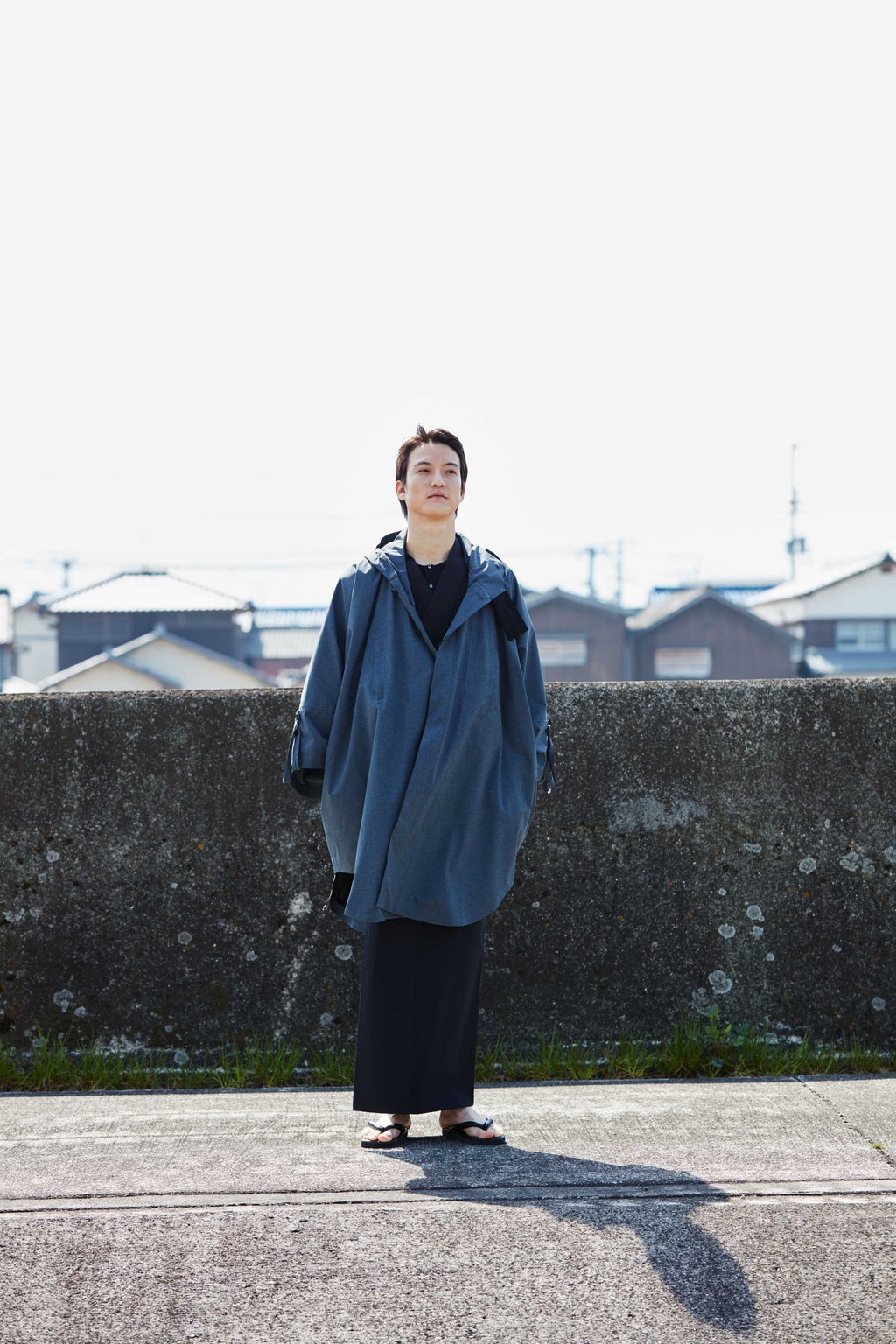
Photo by Masaya Takagi
Kimono for Everyone
Colors and flowers for the women, indigo and simple geometric patterns for the men. That’s the gist of the old kimono fashion style binary gender division. However, arbitrary conventions of times past don’t have to be blindly followed today. The calm elegance and dark hues of traditional male kimono also appeals to many women’s personal sense of style. The Y. & Sons flagship store is no stranger to female customers. They gladly welcome them and make tailoring and accessory changes to fit the customers’ wishes.
Y. & Sons also welcomes foreign customers and uses some non-Japanese fashion models to signify their openness.
“We are happy to share this culture,” Futamura says. “Japanese people wear Western clothes today, so why not the other way around too?”
After all, modernizing kimono also means internationalizing it. Y. & Sons often uses elements from classic Western fashion such as the pinstripe or herringbone suit patterns.
Futamura also adds that Y. & Sons staff give styling advice to customers, so they can avoid making any cultural faux pas. For the anxious, he offers words of reassurance: “If people are staring at you, that might mean you’re cool and stylish. Japanese people in kimono stand out and attract attention too.”
Y. & Sons also realized that city life is not the only daily life in Japan. The collection from S/S 2021, for example, focused on kimono in the countryside, in the fields, in the kitchen and at the vegetable market. The model used for this particular collection, Yukihide Harada, is also a genuine vegetable shop vendor, a fifth-generation head of a longstanding family business.
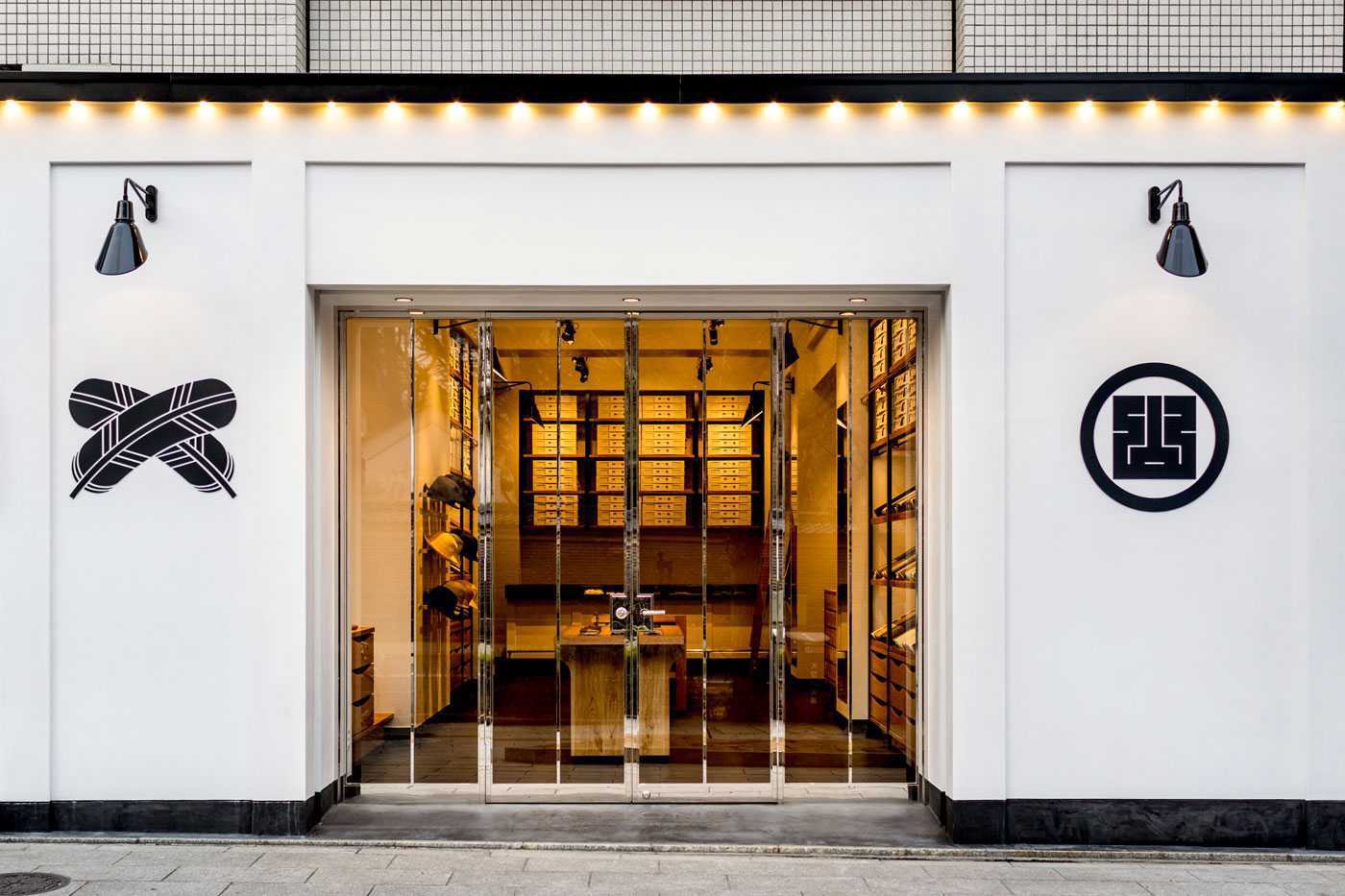
Y. & Sons Kanda
In the New Capital and the Old
Y. & Sons flagship store is situated in Tokyo’s Kanda district. In addition to that, in 2020 the brand added a second location in Kyoto, Japan’s kimono capital. The Kyoto store is one of several in Shinpuhkan, the revamped Taisho Era building of the former Kyoto Central Telephone Office. Futamura sums up this new challenge nicely: “We want to blow a new breeze in the old capital.”
Keep up with Y. & Sons on Instagram and check their website.

